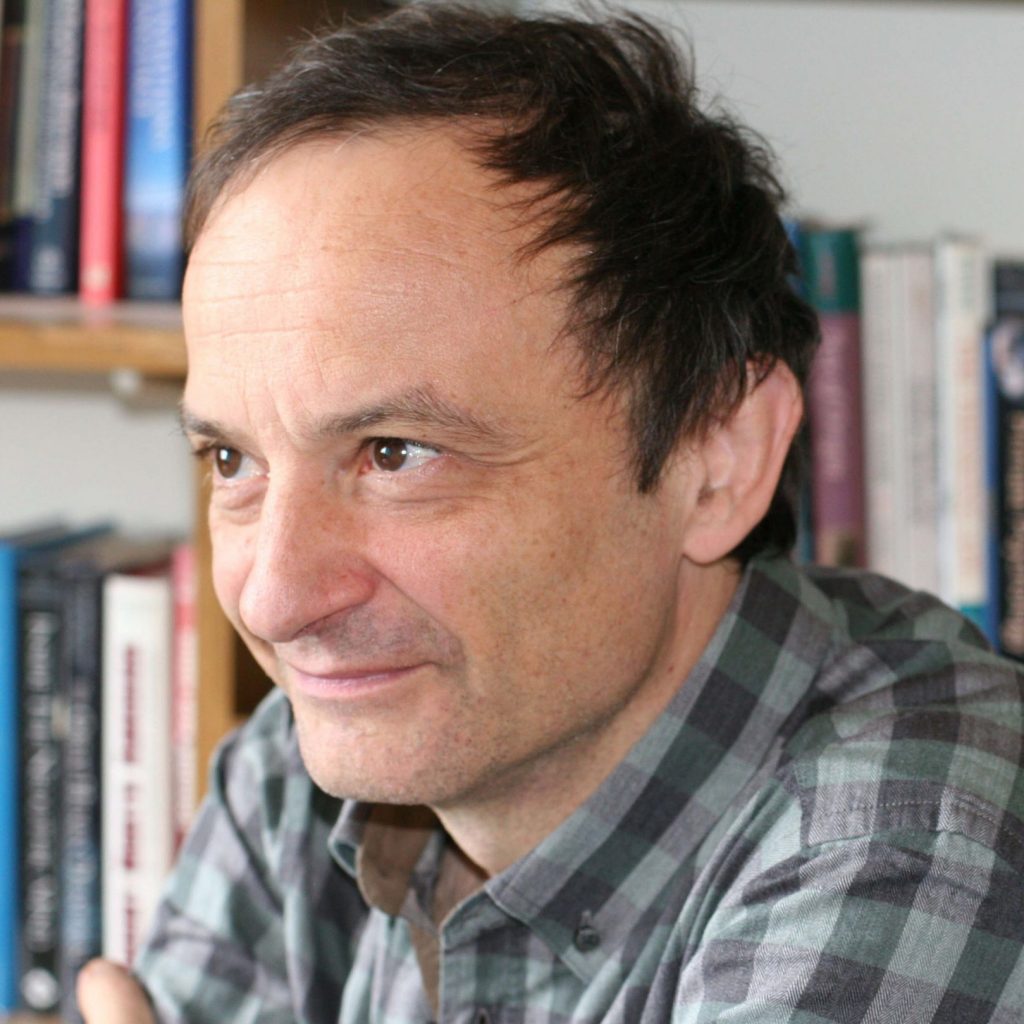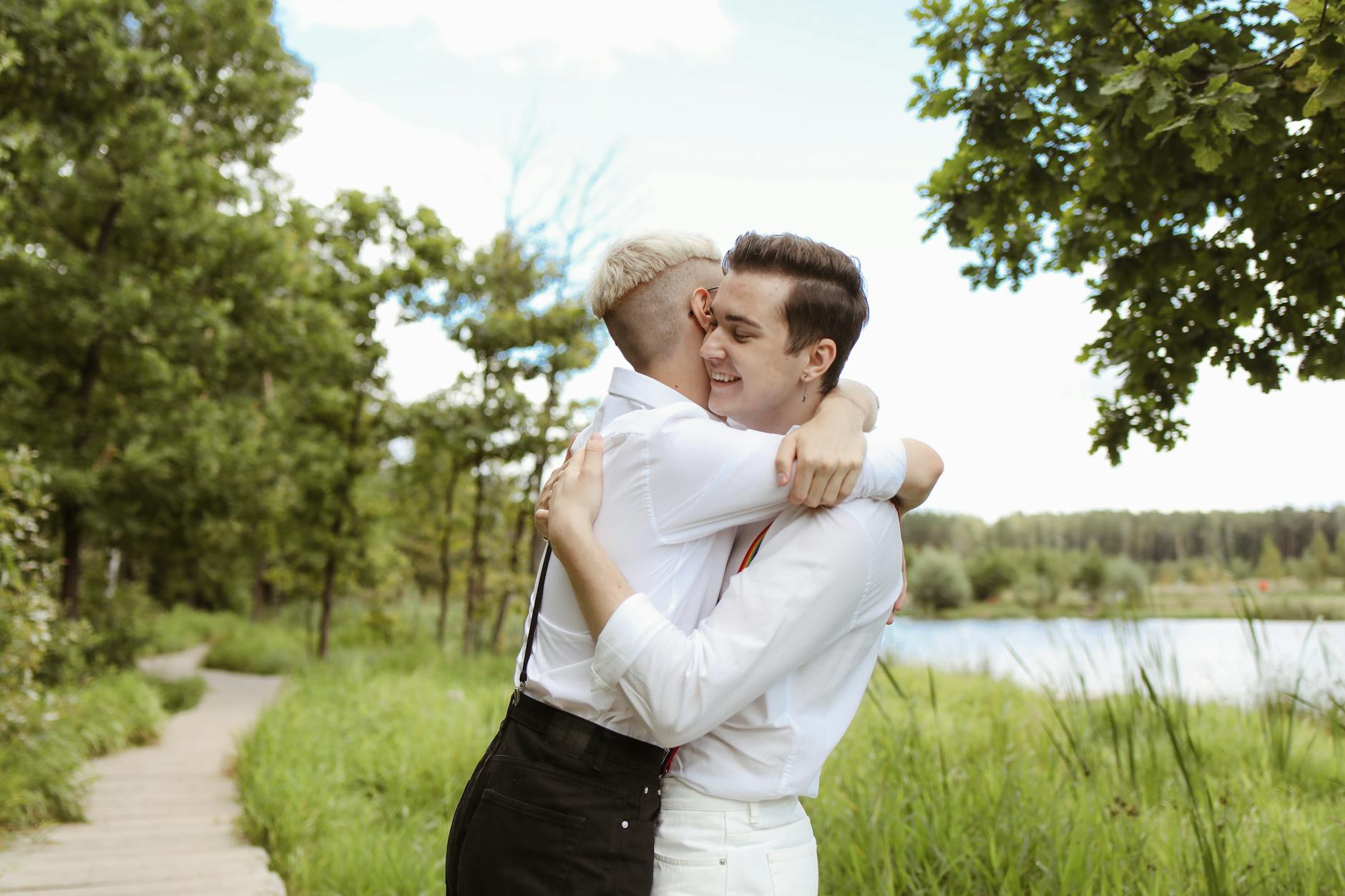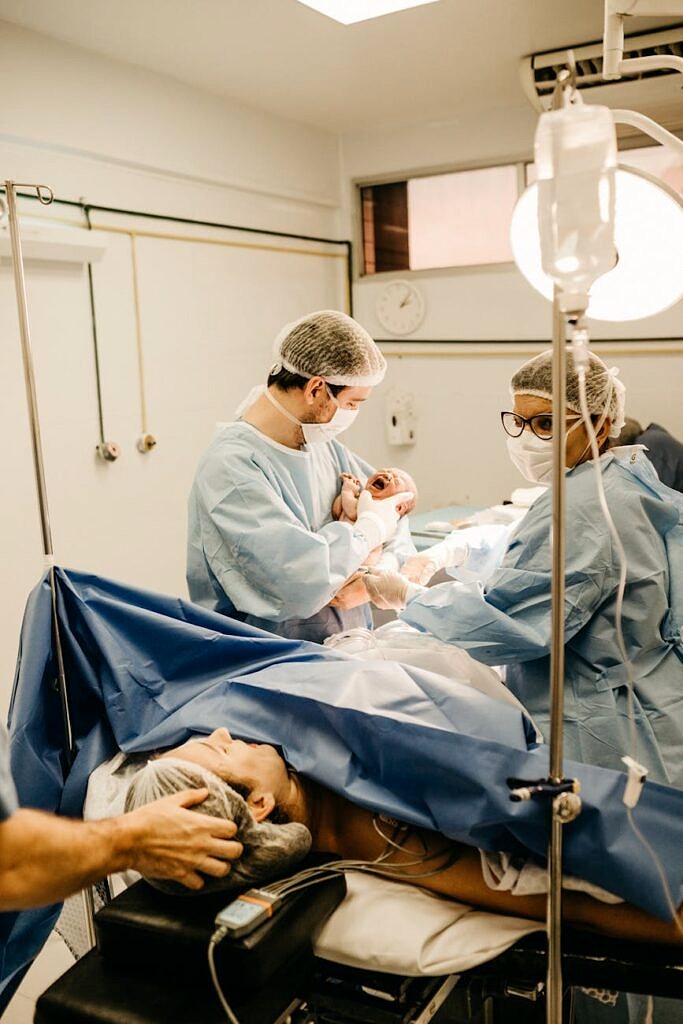Homosexual orientation is a Darwinian paradox, because it is heritable and associated with a high reproductive cost, while being relatively frequent, for both men and women. Not described in wild animal species, homosexual preference seems to be confined to the human species, even if it is not present in all cultural groups, particularly according to the degree of social stratification. The aim is to understand whether there is direct or indirect selection (like pleiotropy), and to establish the conditions of emergence and maintenance of this trait.
References:
Raymond, M., Crochet, P.-A. 2022. Carving non-proximal explanations for same-sex sexual orientation. Archives of Sexual Behavior, :doi 10.1007/s10508-022-02497-z
Michel Raymond, Daniel Turek, Valérie Durand, Sarah Nila, Bambang Suryobroto, et al. Increased birth rank of homosexual males: disentangling the older brother effect and sexual antagonism hypothesis. 2023. Peer Community Journal, vol. 3, article no. E22.
Suire, A., Tognetti, A., Durand, V., Raymond, M., Barkat-Defradas, M. 2020. Speech acoustic features: a comparison of gay men, heterosexual men, and heterosexual women. Archives of Sexual Behaviour, 49:2575-2583.
Nila, S., Crochet, P.-A., Barthes, J. Rianti, P., Juliandi, B., Suryobroto, B., Raymond, M. 2019. Male homosexual preference: femininity and the older brother effect in Indonesia. Evolutionary Psychology, October-December 2019:1-10.
Nila, S., Barthes, J., Crochet, P.-A., Suryobroto, B., Raymond, M. 2018. Kin selection and male homosexual preference in Indonesia. Archives of Sexual Behavior, 47:2455-2465.
Barthes, J., Crochet, P-A., Raymond, M. 2015. Male homosexual preference: Where, when, why?. PLoS ONE, 10:e0134817.
Barthes, J. Godelle, B. Raymond, M. 2013. Human social stratification and hypergyny: toward an understanding of male homosexual preference. Evolution and Human Behavior, 34:155-163.


Human evolutionary biology, by overturning the traditional (but arbitrary) barriers between ...More



